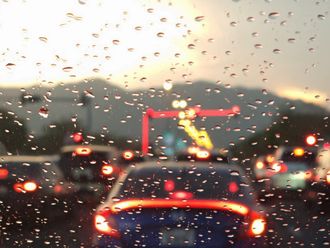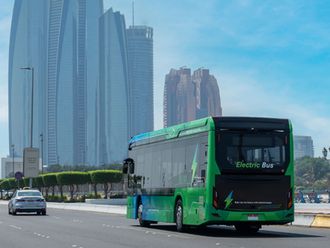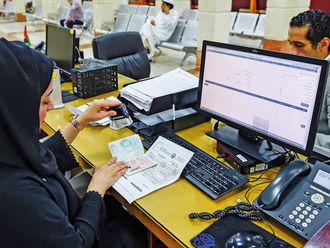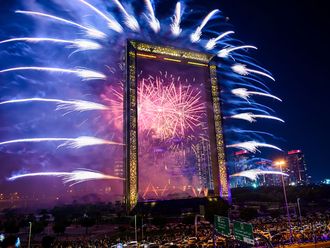
Dubai: Dubai has a strong message for fraudsters who try to forge passports: “You can try, but beware of GDRFA’s Document Examination Centre, as its whole purpose is to catch you.”
With millions of people going in and out of Dubai each year, verifying the integrity of passports is at the heart of the emirate’s General Directorate of Residency and Foreigners Affairs (GDRFA). The Document Examination Centre at GDRFA-Dubai, located at Dubai Airport’s Terminal 1, is a firewall against fraudsters forging passports and it thereby helps prevent travel through the emirate using fake passports.
Aqil Ahmad Alnajjar, consultant of the centre, told Gulf News that the centre was established nine years ago to check the genuinity of passports and travel documents. The centre has so far detected 2,599 fake passports out of a total of 60,622 passports examined from January 2018 until the end of 2020, according to official statistics.
“Once a suspected passport is caught by a passport control officer, the passport is first sent to a police station and then referred to prosecution, who sends it to our centre. We examine passports and other travel documents to prepare a report, which is then sent to Dubai Public Prosecution to initiate legal action [if the passport or any other related travel document is found to be fake],” said Alnajjar.
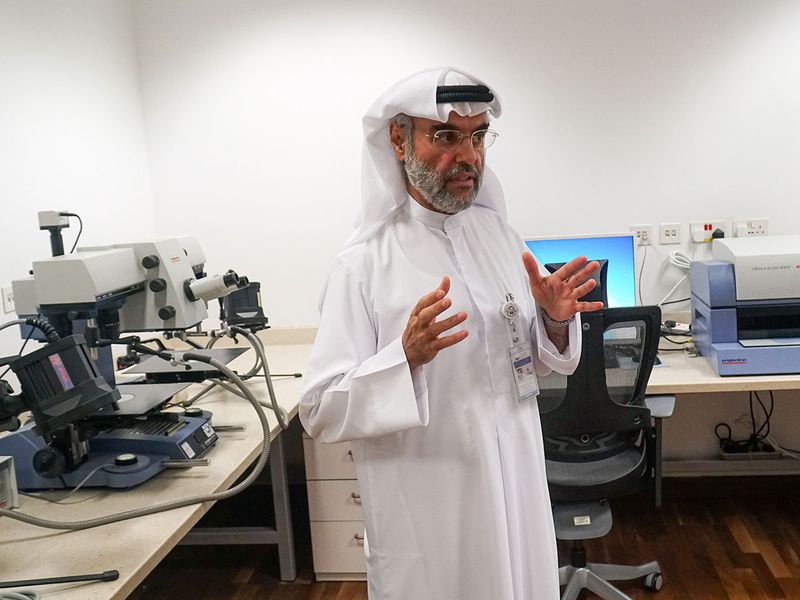
“There are many physical evidences in a passport that need to be checked in order to determine whether a passport is genuine or not. We have a fully equipped lab for this purpose,” he added.
The security features available in majority of passports worldwide, which determine whether the documents are genuine or not, include the watermark or coloured fibres on passport pages. Moreover, the centre has a database containing specimens of all passports in the world to make a comparison when needed. “For example, if we are examining a passport belonging to a certain country, then we have a genuine passport as a sample to compare it with the passport in question to know the differences,” added Alnajjar.
* Passports checked: 1,719
* Fake passports: 478
* In 2019:
* Passports checked: 21,847
* Fake passports: 1,049
Every counter at Dubai Airports Passport Control is equipped with advanced retrochecks [machines that help check suspected passports] so that the first-line officers can check and detect fake passports.
Al Najjar said that remote machines distributed across all terminals of Dubai Airports, apart from other sea and land ports, allow officers to transfer suspect documents to the main centre for a quick verification and decision in order to avoid delays for passengers.
Main challenge
Alnajjar said the main challenge is that techniques used to forge passports are becoming more advanced. “We have to be always careful and ahead of people who forge passports,” said AAlnajjar. Another challenge is the ever-increasing number of passengers at Dubai Airports. However, officers at Passport Control are well-trained to handle the situation.
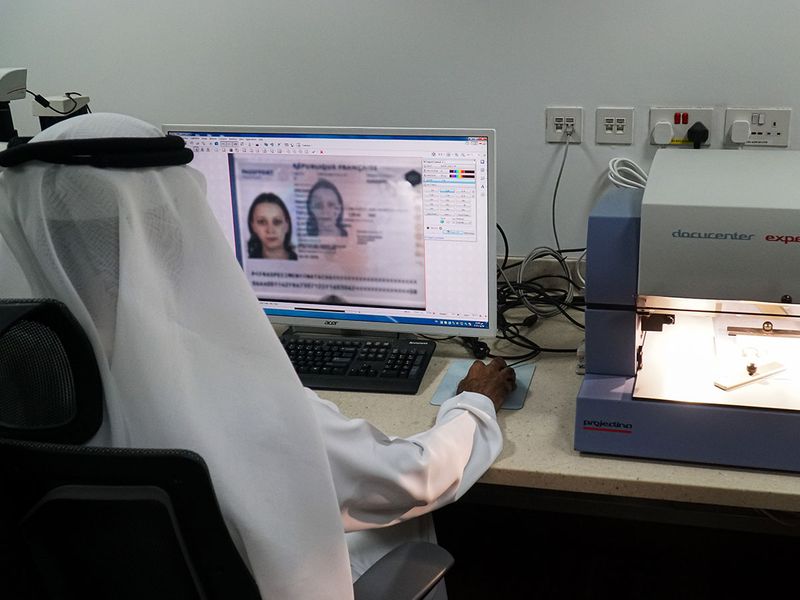
“Dubai is a global hub and the number of passengers travelling through Dubai is increasing daily. So we have to be very fast in checking passports. We are very fast in finishing the procedures at airports. Our officers can finish checking a passport in 30 seconds,” added Alnajjar.
Training for officers
Passport Control officers in Dubai have to periodically undergo training in order to keep themselves updated with the latest know-how and be a step ahead of those who forge travel documents.
According to Alnajjar, the officers have less than 15 seconds to detect if a traveller’s passport is fake or not. “The officers are trained to detect not only whether a passport is genuine or not, but also whether the passport belongs to the traveller standing in front of them. This is because sometimes, the passport may be genuine, but it may not belong to the person bearing it,” he explained.
Case study
In an interesting incident that was once referred to the centre, a traveller was stopped by a Passport Control officer after her face didn’t match the picture attached to the passport.
“Her picture in the passport was slightly different due to her nose structure. She told us that she had undergone a cosmetic surgery. She showed us pictures of herself in the surgery room as well as pictures of herself before and after the surgery. She also mentioned the name of the hospital. We verified the evidence and were finally sure that she was indeed the same person as the one whose photograph was attached to the passport,” said Alnajjar.
“Her passport was genuine, but it carried a picture of her before the surgery,” he added.




